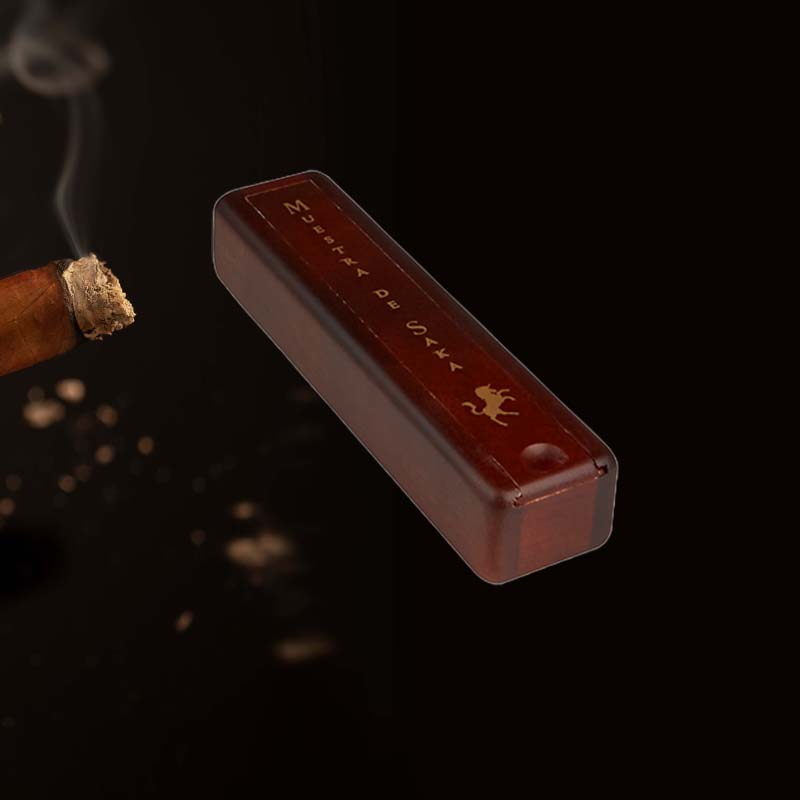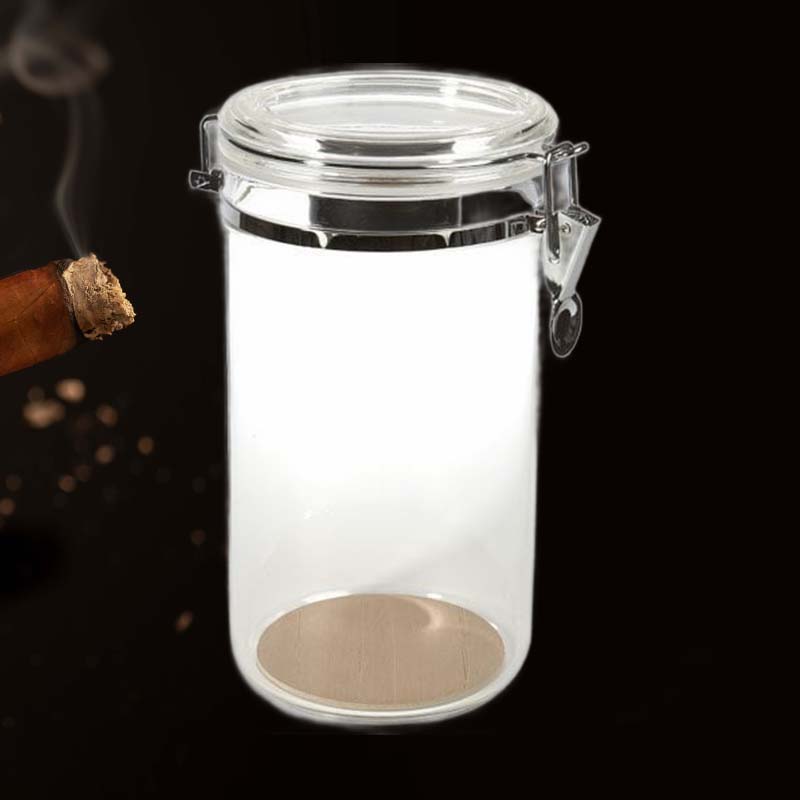How to get air out of torch lighter
Introduction to Using a Torch Lighter
As a passionate cigar connoisseur, I’ve always appreciated the ritual of lighting up my favorite stick. Nothing beats that moment when the aroma fills the air. A reliable torch lighter is essential for this experience, and getting it to work at its best is a priority for me. However, I’ve faced frustrating moments when my lighter sputtered or failed to ignite, often due to that sneaky element—air in the fuel system. In this article, I’ll share my journey on how to effectively get air out of a torch lighter, ensuring you can light your cigars without any hiccups.
Importance of Proper Maintenance
When it comes to torch lighters, proper maintenance is crucial. Not only does it prolong the life of your lighter, but it also ensures that every lighting experience is smooth and enjoyable. I learned this the hard way when I was caught off guard during an important occasion, only to find my lighter compromised. Keeping air out and maintaining fuel efficiency can turn a frustrating experience into a seamless one.
Understanding Air in Torch Lighters
Grasping the concept of air in your torch lighter is essential for troubleshooting issues down the road.
What Causes Air Bubbles?
- Improper Refilling: During refueling, if not done correctly, air can infiltrate the fuel lines.
- Temperature Fluctuations: Extreme changes in temperature can cause butane to vaporize and create air pockets.
- Frequent Usage: Continuous igniting can sometimes lead to the formation of air bubbles.
How to Get Air Out of Your Torch Lighter
When it comes time to rectify the issue of air bubbles in your torch lighter, here’s a comprehensive guide to help you.
Step-by-Step Guide to Bleeding Your Lighter
- Locate the fuel valve, usually found at the base of the lighter.
- Using a pinch of pressure, press down on the valve with a small tool or screwdriver to release any built-up pressure.
- Listen for the gas release sound while holding the lighter upside down. This should also help force the air out.
- Repeat if necessary until no more air is escaping.
Tools Needed for Bleeding a Torch Lighter
Before starting, I found it best to gather the following tools.
Essential Items for Effective Maintenance
- Screwdriver or pen (anything to press the fuel valve).
- Chamois cloth or rag (to catch any butane leakage).
- A compatible butane fuel canister for refilling.
Preparing Your Torch Lighter for Bleeding
Preparation can make the entire process smoother and safer.
Safety Precautions Before Starting
- Always work in a well-ventilated area to avoid inhaling butane fumes.
- Make sure the lighter is out of direct sunlight or heat sources.
- Wear safety glasses to protect your eyes.
Steps to Bleed Your Torch Lighter
Now that you’re equipped with the right tools and preparations, let’s dive into the specifics.
Detailed Instructions on Air Purging
- Hold the lighter upside down to allow gravity to assist in removing the air.
- Press the valve slowly, allowing the gas to escape steadily; quick pressure might cause erratic release.
- Be patient—sometimes it takes a moment for the air to clear completely.
Refilling Your Torch Lighter After Bleeding
After bleeding the lighter, it’s time to refill, ensuring you’re ready for your next cigar session.
How to Correctly Add Butane Fuel
- Hold the lighter in the same upside-down position.
- Place the nozzle of the butane canister into the valve.
- Press for 3-5 seconds to refill, then wait a moment before checking if more is needed.
Testing Your Torch Lighter
After all that hard work, it’s crucial to test your lighter before relying on it.
How to Ensure It Works Properly
- Shift back to an upright position.
- Ignite the lighter while ensuring a steady flame.
- If it’s still sputtering, consider repeating the bleeding process.
Tips for Maintaining Your Torch Lighter
Maintaining your torch lighter enhances its longevity and usability.
Keeping Your Lighter in Top Condition
- Regularly bleed air from the fuel system.
- Use high-quality butane to avoid residue buildup.
- Store in a cool, dry place away from heat sources.
Common Issues with Torch Lighters
Even with proper maintenance, you may encounter some common issues.
Troubleshooting Air Bubbles and Other Problems
- Sputtering Flame: Likely needs more bleeding—try releasing air again.
- Weak Flame: Test the fuel level; refill if it’s low.
- Failure to Ignite: Check for blockages in the ignition system.
When to Seek Professional Help
There might be times when DIY efforts aren’t enough.
Identifying When a Lighter Cannot Be Fixed
- Visible damage to the lighter’s body or ignition system.
- Persistent refusal to ignite even after thorough maintenance.
- Leaks that cannot be stopped with basic repairs.
Final Thoughts on Torch Lighter Maintenance
My journey with torch lighters has been filled with valuable lessons. The more I care for my lighter, the more smoothly it serves me. Remembering these key points has made my experience so much better.
Summary of Key Points and Best Practices
- Regularly bleed air to keep the fuel system efficient.
- Use proper butane fuel for optimal performance.
- Engage in preventative maintenance to avoid larger issues.
FAQ
How to let air out of a butane lighter?
To let air out of a butane lighter, hold it upside down and press the fuel valve gently using a tool. This will release the air trapped within the system and prepare it for proper functioning.
How do I burp my torch?
Burping your torch involves pressing the fuel valve while holding the lighter upside down, allowing gas—and consequently air—to escape, ensuring optimal performance.
How do you fix a sputtering torch lighter?
To fix a sputtering torch lighter, start by bleeding the air bubbles out. If the problem persists, make sure the fuel is of good quality and the lighter has adequate butane. Refill as needed.
How do you drain the fuel out of a torch lighter?
To drain the fuel from a torch lighter, hold it upright and press the fuel valve until all fuel is expelled. If necessary, repeat until no gas escapes.
















